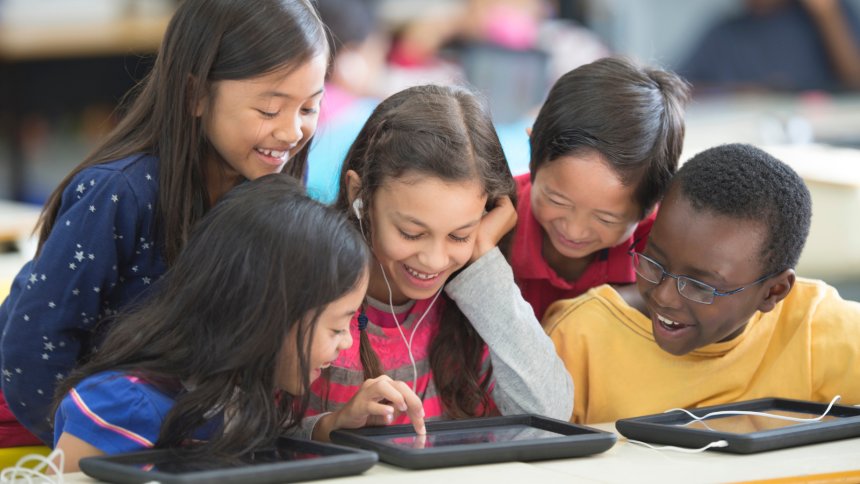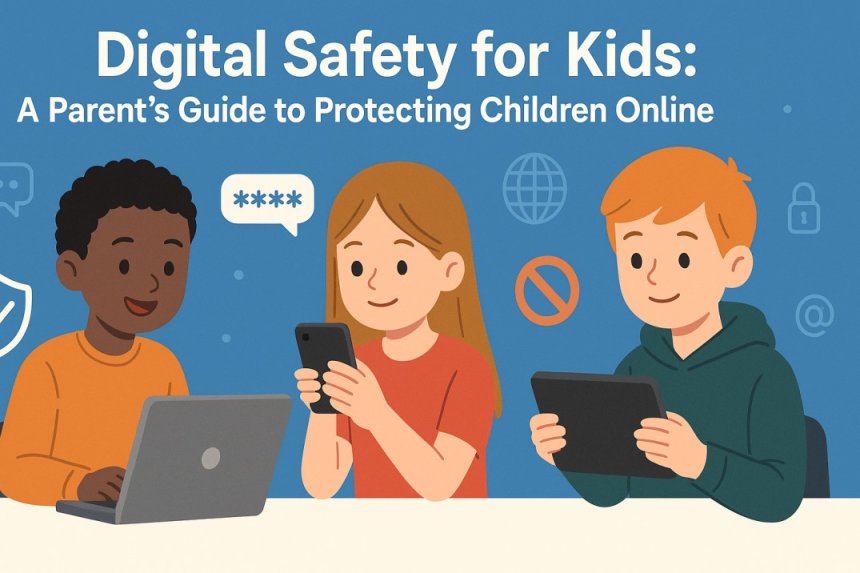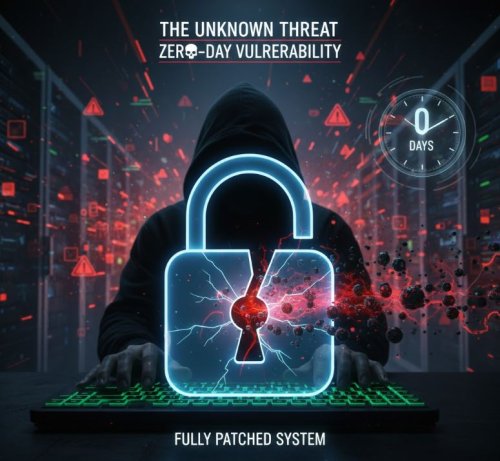Monitoring vs. Trust: Striking the Right Balance in Online Parenting
Technology is now part of every child’s daily life; whether for learning, gaming, or connecting with friends. But with benefits come risks, leaving parents wondering: how much oversight is too much? In this article, we will discuss how to manage your children’s technology without being overly restrictive or too lenient. To manage your child’s technology use, you will have to find a balance between monitoring, trust, safety, and independence, recognizing that every child is unique. Before discussing oversight, it’s important to understand the risks and rewards associated with kids’ technology.

Parenting in the digital age can feel complicated. Teens spend significant time online — on social media, messaging apps, and gaming platforms. As a parent or guardian, it’s natural to want to protect them from online risks. However, teens need freedom to explore, learn, and make decisions by themselves, with your guidance. Balancing monitoring with trust is key to fostering both safety and independence.
Understanding the Challenge
There are many benefits of technology for children. In today’s society, technology enhances learning both inside and outside of the classroom. Different learners can take advantage of different learning strategies using technology. For example, visual learners can watch YouTube videos to give them a better understanding of something they were taught while auditory learners have the opportunity to listen to an e-book for better comprehension. Additionally, apps for subjects like math and reading can help advance student learning and success. In addition to educational benefits, technology encourages social interaction with their peers and others. While there are pros and cons to this type of communication, we have seen how beneficial technology is to help people keep in touch, whether it be friends online, family calls over FaceTime, or group work online.
Now, for the risks. Online, there is a lack of monitoring which means that children may be exposed to cyberbullying and/or inappropriate content. Another risk may be overuse of technology which can lead to issues such as screen addiction as well as mental health issues. Lastly, when spending time online, children run the risk of encountering serious threats such as exposure to sexual content and privacy violations.
Excessive monitoring can make teens feel controlled or distrusted, which may encourage secrecy. Conversely, providing too much freedom without guidance exposes them to potential risks, such as cyberbullying, scams, and inappropriate content. Finding the right balance allows teens to feel safe while building digital responsibility.
Practical Strategies for Parents
-
Open and Honest Communication
-
Encourage conversations about apps, social media trends, and online experiences.
-
Ask questions about how online interactions make them feel, rather than focusing solely on what they do.
-
Implement Smart Monitoring Tools
-
Use parental controls, content filters, and screen-time trackers as guides rather than strict enforcers.
-
Adjust these tools based on your teen’s maturity, gradually granting more freedom as trust develops.
-
Collaborate on Guidelines
-
Establish rules for app usage, screen time, and online behavior together.
-
Collaborative rule-setting increases compliance and reinforces mutual respect.
-
Teach Digital Responsibility
-
Discuss the consequences of oversharing, interacting with strangers, and engaging with harmful content.
-
Encourage independent decision-making rather than relying solely on rules or restrictions.
-
Check in Regularly, Without Spying
-
Schedule informal check-ins about online experiences rather than monitoring every message or post.
-
This approach fosters trust and encourages honest communication.
Building a Responsible Digital Mindset
Balancing monitoring and trust helps teens develop:
- Confidence in their online decisions
- Awareness of potential risks
- Healthy habits for sharing and interacting online
Conclusion: The Goal is Balance, Not Perfection
While we may all strive for perfection, the reality is that perfection is most often not attainable and that’s ok! As you embark on this tech journey with your child, here are some things to remember.
- Every family is different: Find the balance that works for your family’s unique needs. While connecting with other families for advice can be helpful, it can also sometimes be a burden. Recognize that what works for one family may not work for another, and what works for one of your children may not work for another! Each child is unique in their technology use as well as their online behavior, so remember to create a plan that works best for your child.
- Focus on progress, not perfection: Technology is constantly evolving, and so is parenting. As your child’s interests and behaviors change, you will evolve as you research and learn more about their specific tech use. Focus on doing what you can in each situation that helps your child act as a safe digital citizen.
- Encourage a healthy relationship with technology: Be supportive, proactive, and involved.
- Final tip: Start early with conversations and gradually empower your children to make good digital choices.
By guiding rather than controlling, parents can support teens in becoming responsible, aware, and confident digital citizens.
Parenting online requires a thoughtful approach. Combining open communication, practical monitoring tools, and trust empowers teens to navigate the digital world safely and responsibly. Striking this balance creates a supportive environment where teens can grow, learn, and enjoy technology without unnecessary fear or restriction.
Share
What's Your Reaction?
 Like
0
Like
0
 Dislike
0
Dislike
0
 Love
0
Love
0
 Funny
0
Funny
0
 Angry
0
Angry
0
 Sad
0
Sad
0
 Wow
0
Wow
0













